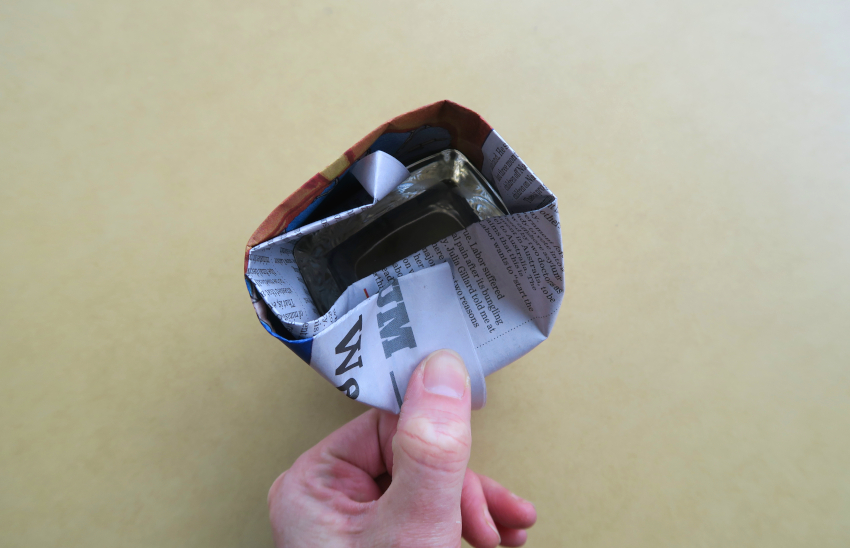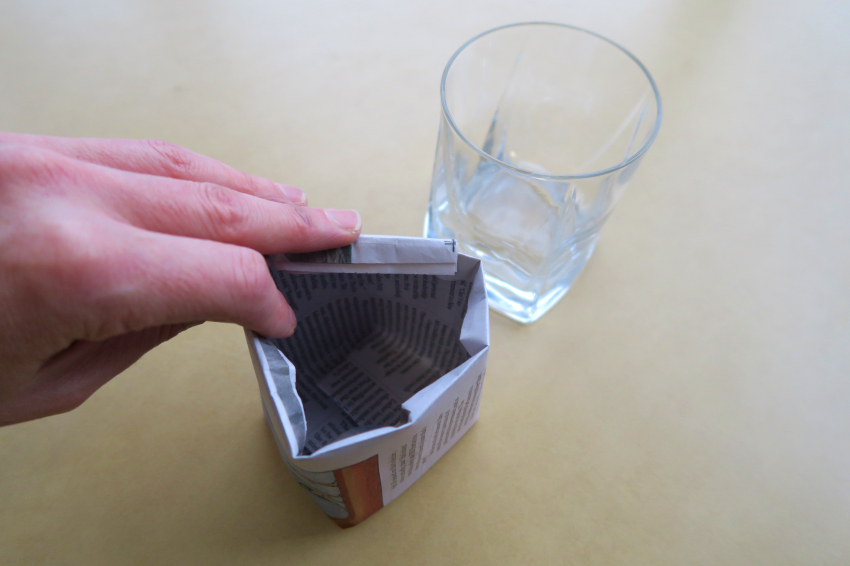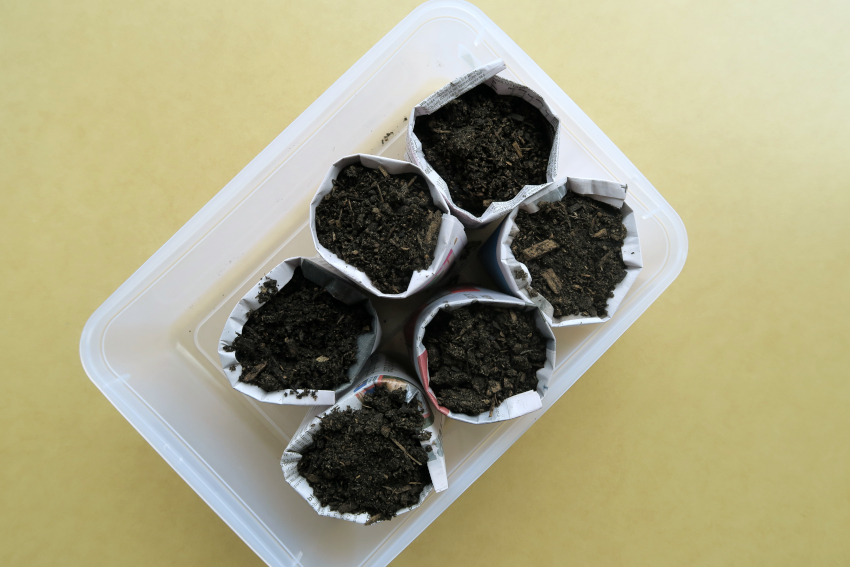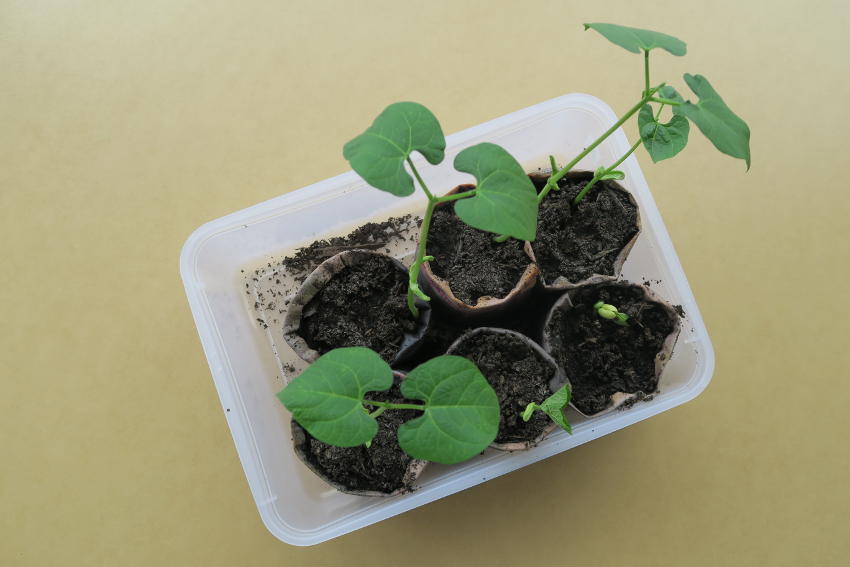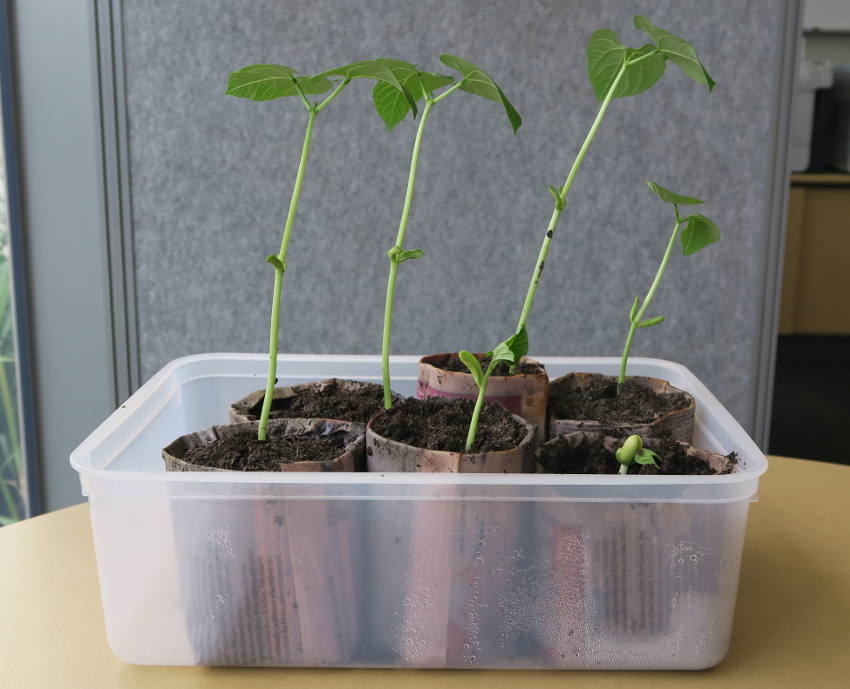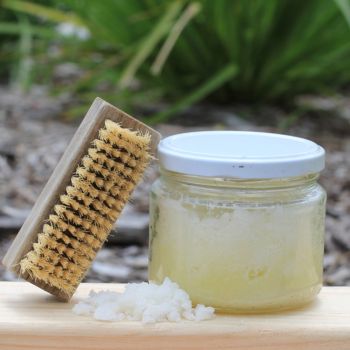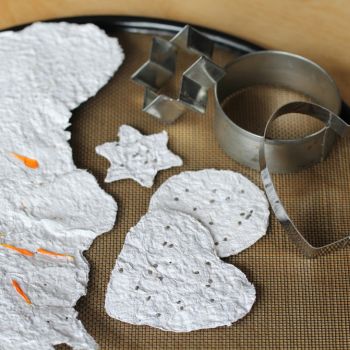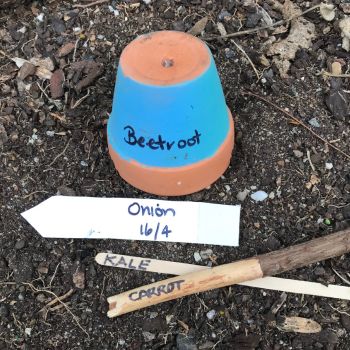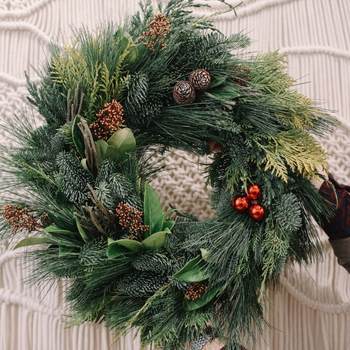Any gardener can look with pride at a greenhouse bursting with springtime seedlings. But that pride can be tinged with regret at the thought of so many plastic pots and their cost to the environment. Biodegradable pots solve this problem, but the cost quickly mounts up if you have many seeds to sow.
However, it's easy to make your own sustainable seed pots for a fraction of the price. All it takes is some old newspaper sheets, a glass jar, and a little rolling and folding.
Why Use Newspaper Seedling Pots?
Homemade newspaper pots are both thrifty and environmentally friendly. When the time comes, the pots and their seedling contents can be planted together in open soil, where the newspaper will safely biodegrade away.
Added to this, newspaper pots are an excellent way of giving tender plants an early start indoors, without risking transplant shock or root damage when they're moved to their final location.
How to Make the Pots
Specialist kits for making paper pots are available, but it's just as easy to improvise with common household items. You'll need a few sheets of black and white newspaper, a plant pot-sized glass jar, and your usual brand of sterile potting compost. Here's what to do.
- Fold the paper into long strips, each about one and a third times as high as your jar.
- Make a fold about a centimetre deep along one of the long edges. Press down firmly to form a crease, and then unfold again.
- Place the jar at one end of the strip, with the open end at the creased edge. Roll the jar along the newspaper, wrapping the paper as you go. Aim to make five to six complete turns of the jar so that the paper is tightly layered.
- You'll be left with a cylinder of paper containing the jar, with a short length of paper overhanging the jar's base. Fold this overhang tightly inward, forming a solid, closed base. Press the base firmly onto a hard surface to secure the folds.
- Carefully slide the jar out of the newly made pot. If all's gone well, the pot should hold its shape. If it falls apart, you need to use more pressure during the rolling and base-forming. On the other hand, if you can't slide the jar out, try rolling again with a slightly lighter hand.
- With the jar removed, tighten up the folds at the base, crumpling them a little to close any gaps.
- Fold the top centimetre or so of the open rim inward to increase overall strength, using the previously formed crease as a guide.
Your pots are now ready for filling with compost and sowing with seeds. However, there are a few tips and tricks you can follow to get the most out of your origami creations.
- Use several jars of various sizes to create a range of pots for different seeds.
- Fill each pot with compost to the brim, both to increase strength and to reduce water evaporation.
- Group your filled pots together in a high-sided tray. This will increase stability, and also help prevent the compost from drying out.
- For even better moisture retention, line the bottom of the tray with a layer of compost and water your pots from the bottom up. The moisture will rise up through the paper.
- Keep the paper pots moistened right up until you plant your seedlings outdoors. This speeds up the degrading process once in the soil, and makes it easier for the roots to poke through.
- When planting out your pots, gently loosen the folds at the bottom to make it easier for the roots to find their way out.
- Avoid using glossy colour newspaper, as the ink may contain chemicals or heavy metals which will leech into the soil and your seedlings.
In most soils, the pots will have fully degraded by the next planting season, with the added benefit of adding a little extra organic matter to your beds. You'll have saved money, helped the environment, and most importantly, given your seedlings a great start to life.
Below: Step by step method for creating the Newspaper Seedling Pots


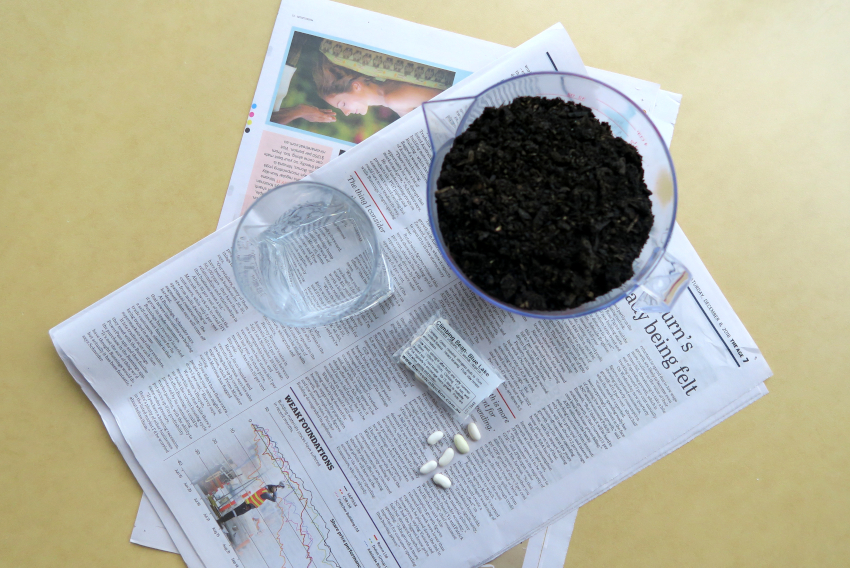
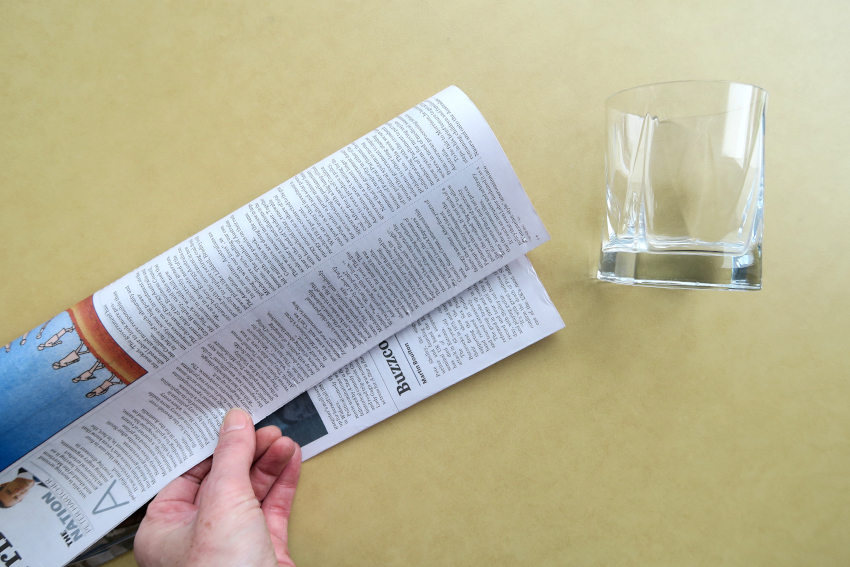
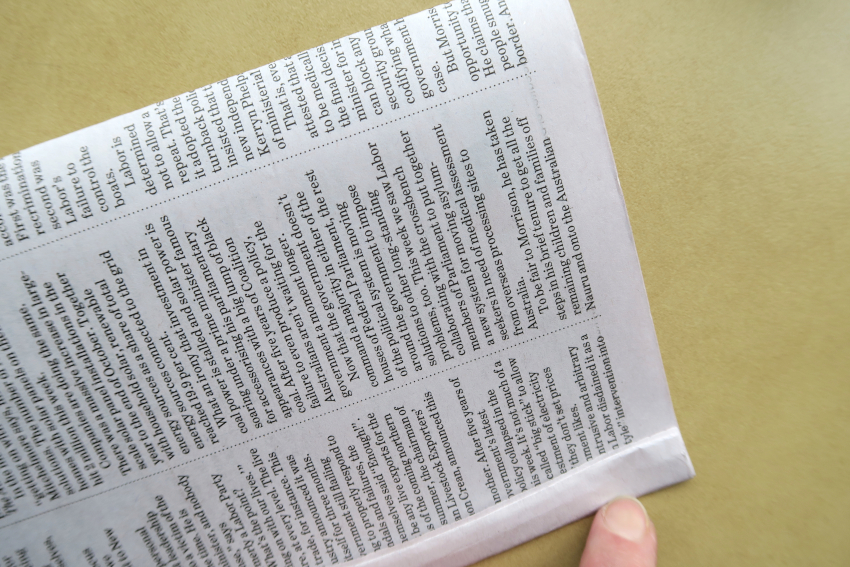
.JPG)
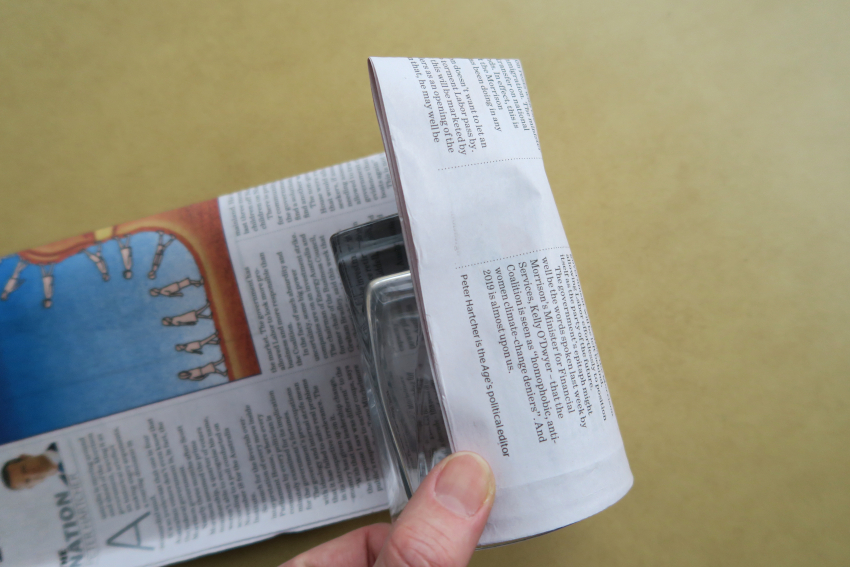
.JPG)
